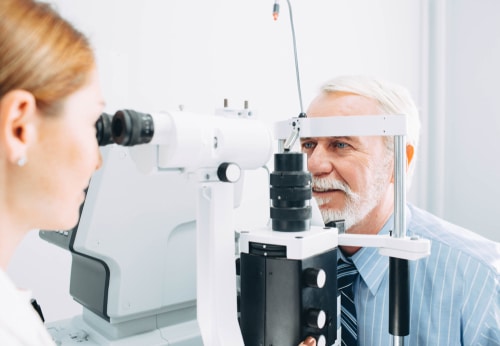
Your eyes have a clear, natural lens that helps focus light that enters your eye so you can see. When you develop cataracts, this lens hardens and turns cloudy, preventing light from reaching the retina.
In turn, this causes poor vision, among many other symptoms. When you have a cataract, it may seem as though you’re looking through a foggy or dirty window.
Keep reading to learn more about how cataracts form, what causes them, and signs that could indicate you have cataracts!
How Do Cataracts Happen?
A healthy lens comprises evenly arranged proteins that allow light to pass through and get to your retina. Due to the normal aging process and other factors, the proteins in your eyes may break down and clump on your lens, forming a cataract.
Cataracts continue growing over the years, eventually causing severe vision loss, even blindness, if left untreated. Fortunately, vision lost to cataracts can be restored through cataract surgery.
Causes of Cataracts
By far, the biggest risk factor for cataracts is age. Everyone will develop cataracts if they live long enough.
However, age isn’t the only reason you can develop cataracts. Sometimes, some babies are born with cataracts, a condition known as congenital cataracts.
Cataracts can also form earlier in life due to the following risk factors:
- Eye injury
- Smoking
- Previous eye surgery
- Too much exposure to UV light
- Prolonged use of corticosteroid medications
The best way to ensure you stay on top of any vision changes related to cataracts is to visit your eye doctor for eye exams regularly.
Signs of Cataracts
Cataracts typically worsen gradually. So you may not notice any vision changes at first.
However, as cataracts continue progressing, you may experience some of the following signs or symptoms:
Blurry vision
When you have cataracts, your vision will likely become blurry at all distances.
Halos and Glare
Glare and halos are typical problems linked to cataracts. Halos are the bright circles you see around light sources, such as headlights.
On the other hand, glare is the light that enters your eyes and interferes with your vision, like when a camera flash goes off. Glare is disabling and may hurt your eyes, while halos can make you tear up.
These symptoms can be especially disorienting when driving at night.
Poor Night Vision
Cataracts make it hard to see at night due to halos and glares. This can compromise your vision, making nighttime driving dangerous.
If you’re having difficulty seeing at night because of cataracts, it’s important to stop driving until you have cataract surgery. That will keep you and other road users safe.
Increased Sensitivity to Light
Do you squint or close your eyes around lights? Bright lights become increasingly bothersome when you have cataracts.
In some cases, bright lights, like glare, can also be painful to the extent of impairing your vision.
Double Vision
Double vision in one eye is another tell-tale sign of cataracts. Cataracts can make you see two or more images of the same object in one eye, which can be quite disorienting.
These images can be side by side or on top of one another.
Find Out If You Have Cataracts
Cataracts can make it hard to read, see the smile on your loved ones’ faces, drive, watch TV, and perform other activities. But you don’t have to continue living with poor vision due to cataracts.
Luckily, cataracts are highly treatable at Colorado Eye Consultants!
Are you experiencing symptoms of cataracts? Schedule your cataract screening at Colorado Eye Consultants in Littleton, CO, today to start your journey to clear vision.

